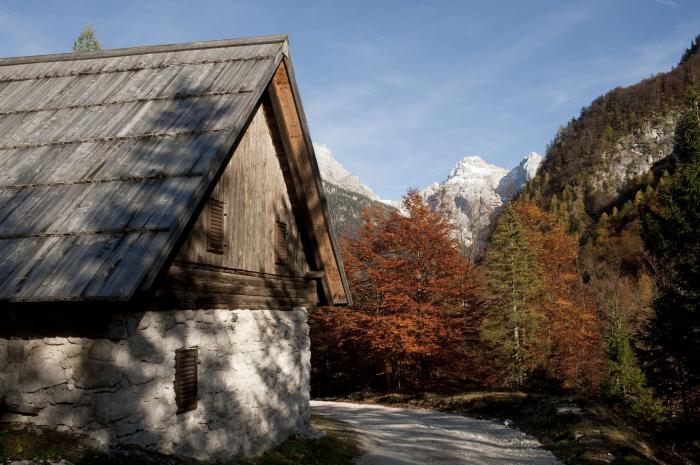
Situated in northwestern Slovenia near the border with Italy, the Trenta Valley is one of the country’s most popular tourist attractions. With its emerald Soča River and towering Alpine peaks, the area attracts adventure seekers from around the world. For years, however, the valley was known far and wide for its hunters, who were recognized for being some of the finest mountain guides in the Alps.
The modern tradition of hunting in the Trenta Valley began in the 18th century when iron ore ran out in the area, condemning its numerous foundries, which had thrived for centuries, to failure. Many locals moved out of the area, but some remained and sought new ways of making a living.
Many of the locals chose to herd sheep, but increasingly, many local men turned to poaching. They knew their valley well, and hunting animals without permission from the authorities proved to be a very profitable activity. Through the years, the hunters developed an intimate bond with the surrounding mountains, their dangers, and their ever-present surprises. The Trenta hunters eventually became familiar with even the most remote mountain passages. In 1875, for instance, they became the first humans ever to set foot on Jalovec, one of the Julian Alps’ most imposing mountain peaks.
The hunters’ intimate familiarity with the Julian Alps made them excellent mountain guides, and their services were always in high demand. Some were hired by western Europeans eager to explore the still-mysterious world of the Slovenian Alps. However, it was a Julius Kugy from the Austro-Hungarian port city of Trieste who became famous spending several decades in the late 19th and early 20th century exploring the area. Guided by knowledgeable Trenta hunters, he researched and recorded the flora and the fauna of the Julian Alps, as well as the human traditions of the Trenta Valley.
In time, some of the Trenta hunters became legendary figures. A young poacher is a key character in the legend of the Goldenhorn, the folk tale of a mythical chamois buck who lives high among the mountaintops. Meanwhile, a very real Trenta hunter named Anton Tožbar, who had served as Kugy’s first mountain guide, became a legend himself after his encounter with a bear in 1871. The bear tore off his entire jaw, but Tožbar survived, and spent the rest of his life eating soup with a straw. Still, he returned to the mountains as a guide until he was killed by a falling tree 20 years later; he became a symbol of the Trenta hunters’ bravery and perseverance.
The modernization of 20th century spelled the end for the Trenta hunters. Today, the region is well-known as a venue for adventure tourism. But when modern-day hikers head to the trails above the tree line, chances are they are following in the footsteps of the Trenta hunters, who once called this wilderness home.

































































